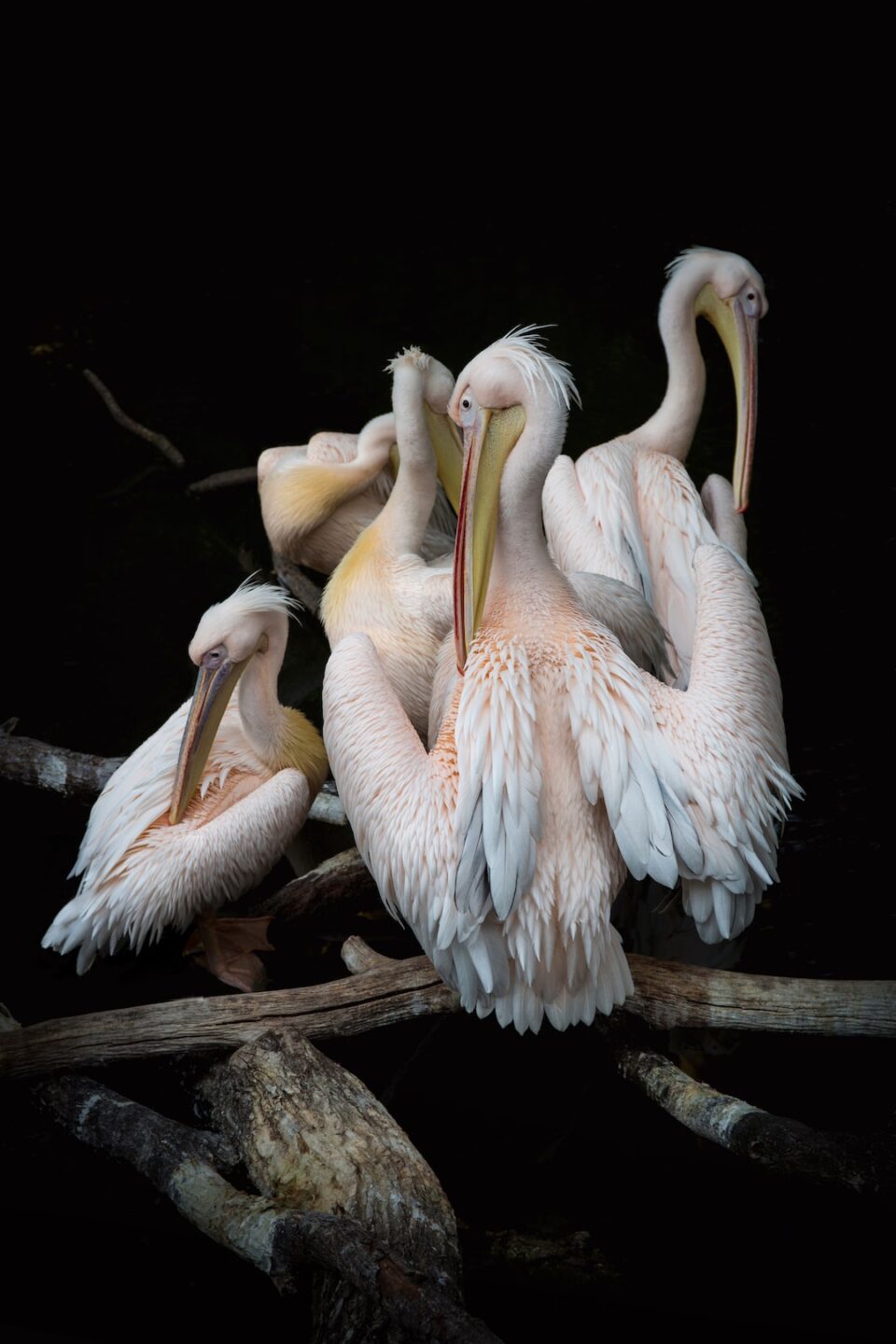Animal migration is a fascinating phenomenon that has captivated scientists and nature enthusiasts for centuries. From birds flying across continents to whales swimming thousands of miles, animals undertake incredible journeys that span across vast distances. These migration patterns not only showcase the amazing abilities of various species but also have important ecological implications.
Migration is defined as the regular movement of animals from one place to another, often driven by changes in the availability of resources such as food and mating opportunities. While migration can be observed in a variety of animal groups including mammals, birds, fish, and insects, the patterns and distances covered can vary significantly.
One of the most iconic examples of animal migration is the annual journey of the monarch butterfly. Every year, millions of monarch butterflies travel up to 3,000 miles from their breeding grounds in North America to their wintering sites in Mexico. This migration is not only a testament to the navigational abilities of these small insects but also highlights the interconnectedness of different ecosystems.
Birds are another group of animals known for their extensive migrations. The Arctic tern, for example, travels from the Arctic to the Antarctic and back, covering a staggering distance of around 44,000 miles each year. This impressive journey allows the terns to take advantage of the resources available in different parts of the world at different times of the year.
Whale migrations are equally awe-inspiring. Many whale species, such as the humpback whale, migrate long distances in search of food and breeding grounds. For instance, humpback whales travel from their feeding grounds in polar regions to warmer waters near the equator for mating and giving birth. These migrations serve not only as a means of survival but also play a crucial role in the distribution of nutrients and maintaining healthy marine ecosystems.
Understanding animal migration patterns is crucial for conservation efforts. By tracking their movements, scientists can identify key habitats and migration corridors that need protection. Furthermore, studying migration provides insights into the effects of climate change and human interference on animal populations and their ecosystems. Changes in migration patterns can indicate shifts in environmental conditions, such as altered food availability or habitat degradation, which can have widespread consequences.
Exploring animal migration patterns across continents is an ongoing endeavor. Technological advancements, such as satellite tracking and genetic analysis, have greatly contributed to our understanding of these complex journeys. However, many questions still remain unanswered, and new discoveries continue to amaze and inspire researchers and the general public alike.
In conclusion, animal migration patterns across continents are a remarkable testament to the abilities of various species. From butterflies and birds to whales and beyond, these journeys not only showcase the resilience and adaptability of animals but also play a crucial role in maintaining the balance of our planet’s ecosystems. By studying and conserving these migration patterns, we can better understand and appreciate the interconnectedness of our natural world.

